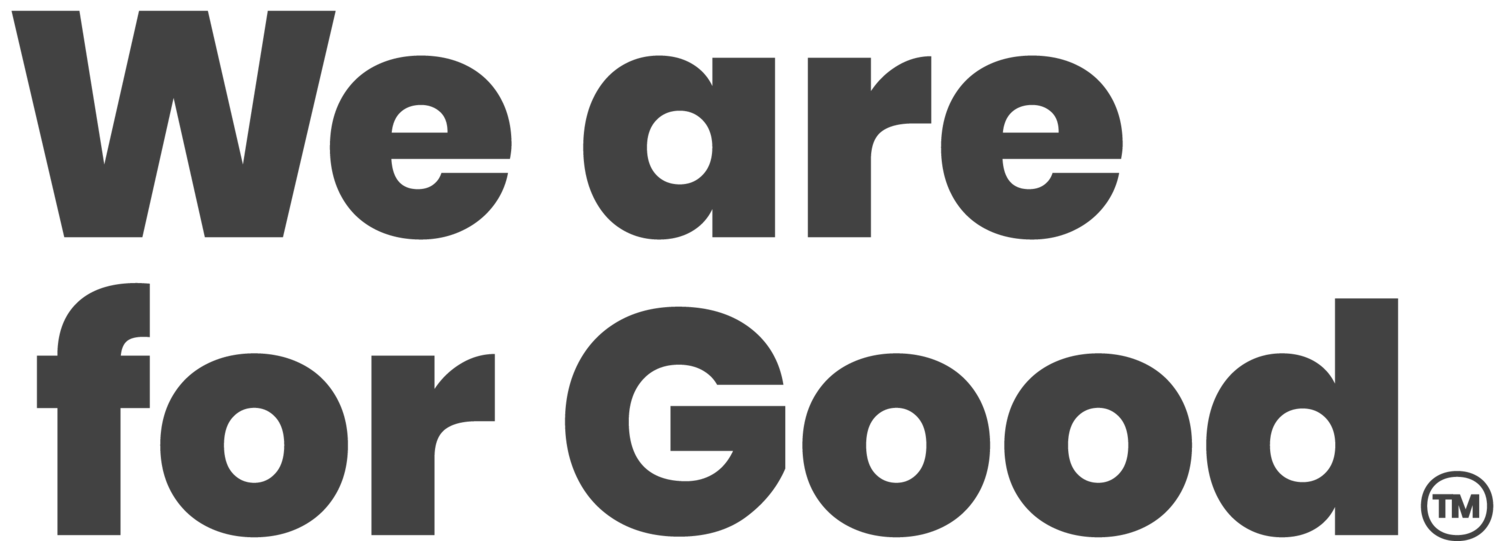Updating Your Nonprofit Digital Strategy for 2023: 4 Tips
Developments in online platforms happen fast, and how your supporters interact with organizations like yours online is constantly evolving. These changes can make it easy for your digital strategy to feel outdated, but your organization also needs to avoid chasing passing trends.
Updating your digital strategy is a comprehensive process, including a variety of elements such as your online outreach efforts, virtual event management, and overall website performance. However, for most established nonprofits that already have an online presence, staying up-to-date with modern online practices will rarely require a complete overhaul of your current practices. Instead, there will likely be a few focused changes your nonprofit can make to improve your overall performance.
To help your nonprofit improve its digital strategy for 2023, this article will explore four tips for staying relevant online:
Integrate your software.
Assess last year’s data.
Research new platforms and trends.
Work with a consultant.
As you work to improve your digital strategy, remember that your nonprofit does not need to implement all of these changes alone. While seeking outside assistance may be an investment, it can ultimately save your nonprofit a significant amount of time and resources long term.
1. Integrate your software.
If your various software solutions are not integrated you may be missing data, wasting your staff’s time, or providing a subpar front-end experience for supporters. Integrated software means your systems are connected and automatically allowing information to flow from one system to another without requiring manually exporting and importing data.
Your nonprofit’s CRM is the centerpiece of your organization’s various software solutions. It should be integrated with all of your major solutions to ensure it represents a full picture of your organization’s data.
For example, DNL OmniMedia’s guide to the Salesforce Nonprofit Success Pack (NPSP) emphasizes the importance of investing in Salesforce native applications. Nonprofits using NPSP may choose to invest in a third-party solution to collect and process donations online. Choosing one that was created native to the NPSP, or is otherwise easily integrated with the solution, will allow these nonprofits to keep all of their fundraising information in one central location.
If you’re looking to expand your CRM’s functionalities, you can also research top integrations for your CRM to see if there are any solutions you may have overlooked. For instance, if you use Raiser’s Edge NXT, you can review resources discussing top Blackbaud integrations for the provider’s CRM.
Whichever CRM you are using, you can improve your nonprofit’s overall digital strategy by connecting the solutions you already have and researching new integrations to expand your nonprofit’s toolkit.
2. Assess last year’s data.
To set your nonprofit up for success in 2023, look at your data from 2022. While 2020-22 were transition and recovery years for many organizations, data from previous years can still be one of your most reliable indicators for what to expect in the future. Specifically, data from the prior year can help you make targeted improvements to this year’s strategy, regarding budget, fundraising scope, and outreach methods.
While each nonprofit will have its own unique data set to analyze, there are a few key metrics that almost every nonprofit should take into account when planning their new digital strategy. Specifically, consider the following data from 2022:
Engagement rates. When you send an email or make a social media post, what response do you get from your supporters? Engagement will vary depending on the platform being used but will usually consist of comments, shares, and likes. If you notice a specific channel has a notably higher or lower engagement rate than your other communication platforms, consider what strategies you are using for that platform. Consider why they are receiving a different response and how you can apply that knowledge to the rest of your digital strategy.
Supporter retention. Attracting new supporters is a necessary but cost-intensive process, requiring spending on marketing and outreach that often does not make up its return on investment for one-time donors. Recurring supporters are often a nonprofit’s most reliable source of revenue. A high supporter retention rate indicates that your organization is creating a positive experience for long-time supporters. Retention rate can also refer to other aspects of your nonprofit such as event attendance, volunteering, and continued support for specific initiatives.
Supporter demographics. Who are your supporters? The answer to this question may change over time as new audiences discover your nonprofit, you launch outreach strategies on new platforms, or rebrand your organization to focus on different values. Avoid making assumptions about who your primary supporters are without relevant demographic data stored in donor profiles. While you can create a digital strategy designed to appeal to new audiences, ensure you aren’t neglecting the audience you currently have.
If you find your data is difficult to analyze or contains useless information, consider taking the time to clean your database. NPOInfo’s guide to nonprofit data hygiene advises nonprofits to routinely audit their databases, focusing first on errors in the data collection process then highlighting inconsistencies, outdated, incorrect, or otherwise useless information. Once these errors have been identified, nonprofits can begin removing or amending useless and missing data before creating a plan to standardize ongoing maintenance.
3. Research new platforms and trends.
As mentioned, chasing potentially fleeting trends is rarely an ideal way to advance your nonprofit’s digital strategy. However, your nonprofit should still strive to stay attuned to the greater online fundraising landscape.
Gathering information from a wide variety of reputable resources can provide a fuller picture of the nonprofit sector, allowing your organization’s leadership to more deliberately determine what developments are worth investigating further. Here’s a few information sources that may be useful for your nonprofit’s research:
Nonprofit news sites. Nonprofit blogs, journals, and websites regularly provide updates about ongoing developments in the nonprofit sector. Of course, some of these websites are more trustworthy and informative than others. For instance, resources such as Nonprofit Quarterly and Charity Navigator are well regarded, and blogs from nonprofit software providers will often provide insightful tips into their field of expertise.
Nonprofit podcasts. If you’re reading this article, you’re likely already clued into the wealth of knowledge to be gleaned from the conversations about the sector that happen via podcast - especially from our friends at We Are For Good! If you’re just getting started with podcasts, check out the themed playlists curated by the team.
Social media platform developments. As your nonprofit will rely on social media platforms for a significant portion of your online outreach, stay up to date with ongoing site updates and overall developments. This can include platform updates, such as adding new stipulations for soliciting donations, or more general changes with the platform as a whole, such as Facebook’s user demographics skewing older over time.
Nonprofit conferences. Meeting up with other nonprofit professionals in-person can be an effective way to compare strategies and get an inside perspective on developments happening in the sector. Stay updated on nonprofit conferences slated for 2023 and make it a priority to attend presentations and workshops that are relevant to your nonprofit’s digital strategy.
It can be challenging to predict what trends are a temporary fixation and which are here to stay. After 2020, virtual events have become a staple of many nonprofit’s online outreach strategies, though few organizations were heavily using them before.
While predicting exactly what the future holds for your nonprofit may not be possible, gathering information from a wide variety of trusted resources will help your organization stay up-to-date with the sector’s best practices.
4. Work with a consultant.
If your digital strategy requires a comprehensive update, consider partnering with a nonprofit consultant. While a consulting service can be an investment, it is also ultimately a time and resource saving tool that provides your nonprofit with expert insight and services while allowing your team to focus on their usual core responsibilities.
There are a wide variety of nonprofit consulting services even just when it comes to digital strategy. For example, a nonprofit might hire a consultant for any of the following tasks:
Website development. Nonprofits looking to optimize their websites or interested in creating an entirely new website can benefit from partnering with a professional web design consultant. Assess potential consultant’s design portfolios to select one with design sensibilities that align with your nonprofit’s.
Software integration implementation. Implementation is a big task to tackle. Some software applications can take months to fully set up. For instance, nonprofits investing in Salesforce NPSP can get up and running faster by partnering with a consultant.
Marketing strategy assistance. Digital marketing consultants can provide assistance with a range of tasks, such as helping rebrand your organization, creating a new social media outreach strategy, or marketing a major upcoming event.
Before choosing a consultant, research your options and reach out to firms that have services, a work process, and a price model that match your nonprofit’s goals. Then, you can begin reaching out to potential consultants to introduce your nonprofit and send requests for proposals.
Carl Diesing, Managing Director, DNL OmniMedia
Jacob Spencer, Customer Success / Account Manager, Donately
Carl co-founded DNL OmniMedia in 2006 and has grown the team to accommodate clients with on-going web development projects. Together DNL OmniMedia has worked with over 100 organizations to assist them with accomplishing their online goals. As Managing Director of DNL OmniMedia, Carl works with nonprofits and their technology to foster fundraising, create awareness, cure disease, and solve social issues. Carl lives in the Hudson Valley with his wife Sarah and their two children Charlie and Evelyn.
Carl Diesing, Managing Director, DNL OmniMedia


